Creating Your Parenting Plan Part II: Specific Strategies for High-Conflict Co-Parenting

Are you dealing with a high conflict divorce situation? If so, it’s especially important to create a parenting plan that clearly defines responsibilities, anticipates common issues and supports low-contact parenting.
Last week I partnered with my colleague Temple Trigg, who is also a certified divorce coach and a parenting plan expert, to take a deep dive into what you need to include when drafting any parenting plan during divorce. If you missed it, check out that post for more information on the key essential elements of any parenting plan.
This week we are focusing on specific considerations if you are in a high conflict situation. In these cases, a structured, low-contact approach will help minimize disputes and protect you and your children from unnecessary stress. Importantly, a thoughtful and well-structured plan will also reduce the chance that you have to go back to court for something that could have been included during the initial draft.
Here are important elements to consider adding to your plan:
When deciding on language, ask yourself “how can this parenting plan protect me?” and “how can this parenting plan be used against me?”
Carefully worded agreements can prevent future misunderstandings or manipulative behavior. Be cautious of vague language, and ensure the plan is specific and enforceable to protect both you and your child in the long run.
Level up to Civil Communicator
This parenting app has a live person monitoring and approving messages. This communication tool has many features, all thoughtfully designed to protect parents from abusive behaviors and keep communications productive and on-topic. The person monitoring communication approves only those messages that are completely appropriate, ensuring that only essential, child-focused matters are discussed, and filtering out unnecessary negativity.
When Attending the Same Events
Consider language that parents must be seated 50 feet apart and are not to communicate when attending student games or events.
Consider a Parallel Parenting Approach
In high-conflict situations, parallel parenting allows parents to disengage from each other and still parent child(ren). This approach limits direct communication and focuses on clear guidelines for how each parent will handle their responsibilities without interference. It’s a strategy that ensures both parents can fulfill their roles independently, reducing the likelihood of conflict.
Do You Need to Address How Any of the Following Decisions will be Made?
- Altering bodily appearance (for example, body piercing, permanent hair color, and tattoos);
- Access to and use of firearms;
- Use of physical discipline;
- Decisions related to dating;
- Driving/car privileges (such as decisions regarding driver’s license and permit for the child)
- Access to and usage of devices that allow access to social media, such as smartphones.
Other Tips to Navigate High Conflict Parenting
Keep Interactions Business-Like
Treat co-parenting interactions like a business partnership. Maintain professional language, stick with the facts, and use Bill Eddy’s BIFF approach to communication: brief, informative, friendly, firm. Do not defend or debate. This not only keeps the situation neutral but also sets a healthy tone for your child to observe.
Document Everything
Keep a record of communication, agreements, and incidents to protect yourself in case legal intervention is needed. Get all third-party recommendations in writing (therapist, teacher, etc.). This documentation will be invaluable if disputes escalate and you need to reference specific details or clarify events.
Focus on the Child’s Needs, Not Personal Differences
Children should always remain the priority. If a dispute arises, ask: Is this in the best interest of the child? Another question we like to ask is, do I love my child more than I hate my ex? This can be a good way to remind yourself to stay focused on the true priorities. By doing what you need to separate your personal feelings from the needs of your child, you ensure that decisions are made with clarity and purpose and will help you keep child’s well-being above lingering animosity or conflict.
Seek Professional Support
A co-parenting coach, therapist, or mediator can help navigate ongoing conflicts. These professionals can provide the necessary guidance for managing emotionally charged situations and help both parents stay focused on what’s best for the child.
In high-conflict co-parenting, it’s crucial to maintain a calm, organized approach and avoid getting drawn into unnecessary disputes. Focus on consistent routines and communication structures that prioritize your child’s emotional health and stability. By focusing on your child’s well-being, maintaining respectful communication, and setting clear boundaries, you can navigate co-parenting successfully—even in challenging circumstances. If needed, seek legal or professional assistance to create a plan that works best for your family.
